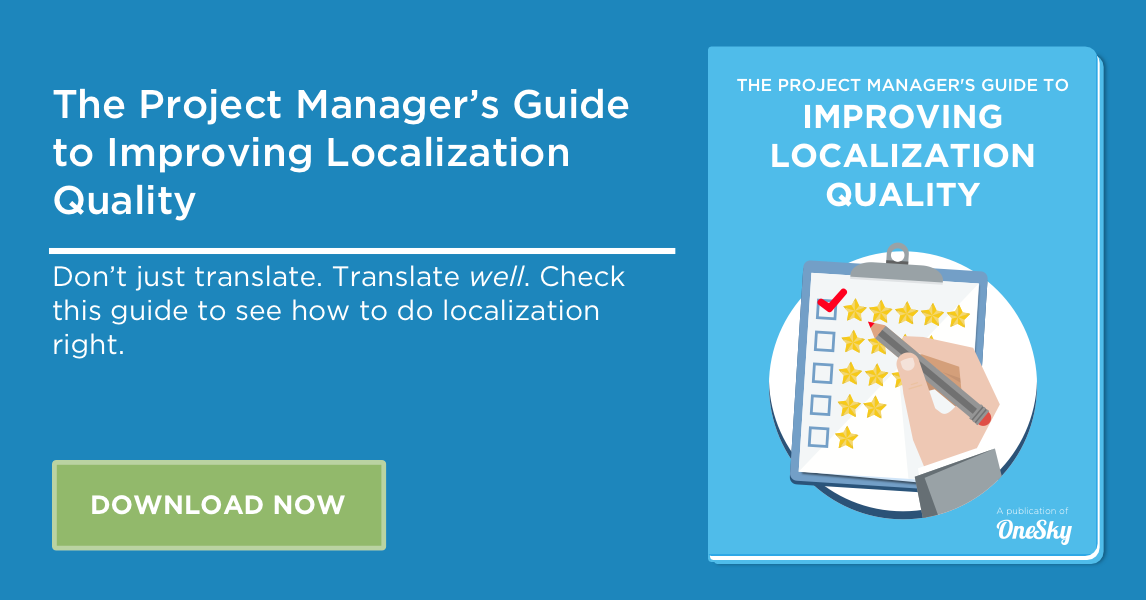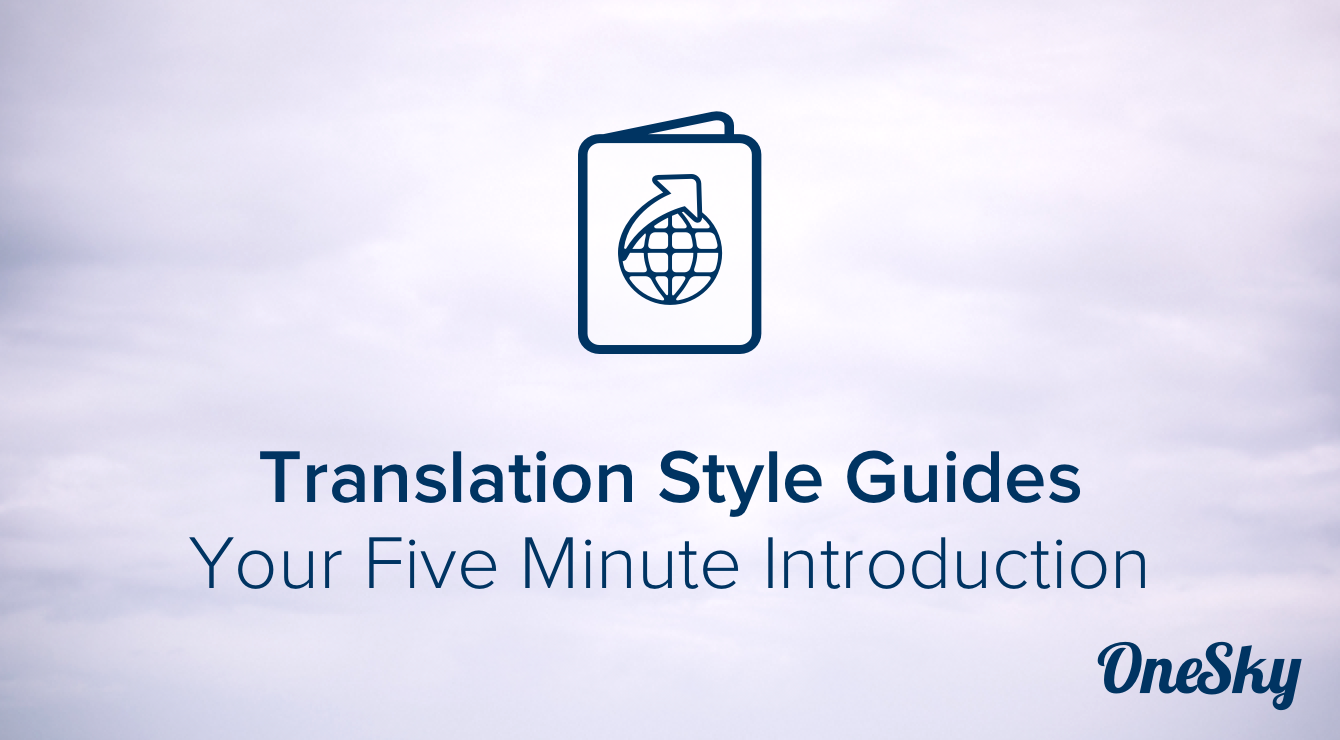Why the Translation Style Guide is Essential for Localization
Introduction
Translation is an art. In order to practice that art, translators need more than a hunk of text to render in a new language. They also need guidance. They need context. They need to know your brand.
That’s where a translation style guide comes in. The translation style guide is a tool that helps you get consistent, high-quality translations. It sets the standards for content in any language, defining the voice, tone, direction, and style that will characterize your ideal translation.
Wait, how is this different from a translation glossary?
Great question. A translation glossary focuses on the key terms used in your product. It helps translators identify words that might be unique to your app, or that might have an unusual meaning in the context of your app (for example, the word “friend” means something different on Facebook than it does anywhere else in the English language).
A style guide, on the other hand, isn’t about specific terms. It’s about tone and presentation of your company’s content.
What you need to include
Okay, so your translators need a style guide. What should you do?
Identify the target
The first step: your translator need to know who will be reading this content. Is your app targeted at 25 year-old gamers, or 60 year-old college professors? Will it be used in corporate boardrooms, or enjoyed in the hallways of middle schools? Let your translators know. Key demographic details include age, education level, and any lifestyle indicators.
Specify a tone of voice
Every brand has its own unique tone of voice. Facebook, for example, uses a simple, straightforward, conversational tone in all of its writing, regardless of the language.
Your brand has its own voice, too. In order to specify a tone, note a few things in the translation style guide: do you want formal or informal language? Do you prefer active or passive voice? Do you want simple language, or is more elevated diction okay?
Share your formatting preferences
If you have any preferences about formatting or punctuation, the translation style guide is the place to mention them. Details about capitalization, preferences about the use of acronyms or abbreviations, favorite fonts, chosen units of measurement: put them here. Also include any details about how your translators should deal with currencies, addresses, phone numbers, and so forth.
Three tips for creating a translation style guide
Follow these tips, and your style guide will be even better:
1. Use lots of examples
What kind of writing do you like? What kind of writing would you like to avoid? If you want your app’s content to sound like something out of, say, Harry Potter, explain that. Include a few favorite excerpts from Harry Potter for reference. If you want something more formal, give some examples of the kind of formal text that you’d like your translators to echo. If there’s a particular app whose style you admire, let your translators know.
2. Update the style guide as needed
Things will change. Your translators will come to you with good questions. You’ll realize that something is unclear. Don’t be afraid to update! A good guide is always a work in progress.
3. When necessary, use multiple style guides
Certain styles work better in some countries than in others. In Japan, for example, even the most informal tones require some extent of formal usages. It’s just part of Japanese culture. So, in some cases, you might want to modify the style guide accordingly, or give your translators more leeway.
Some helpful guides
For reference, we recommend checking out a few well-established translation style guides.
The guide is a good place to start, as is TED translation style guide, a neat yet useful guideline that could help their volunteer translators to produce great translation. The Facebook translation style guide, on the other hand, is a comprehensive document that could apply to a number of other tech products. And if you’re look for a more institutional, in-depth translation style guide, check out the World Bank Translation style guide.
Learn More
Want to learn more tactics to improve your translation quality? Check out our free “Project Manager’s Guide to Improving Localization Quality” here:
 hbspt.cta.load(1761271, ‘05981ce1-fbd9-4c47-a45b-637c7cb4d757’, {});
hbspt.cta.load(1761271, ‘05981ce1-fbd9-4c47-a45b-637c7cb4d757’, {});
Don’t miss out on localization resources and tips! Subscribe to our newsletter to learn the best ways to go global.



 Written by -
Written by - 




 Written by
Written by 


